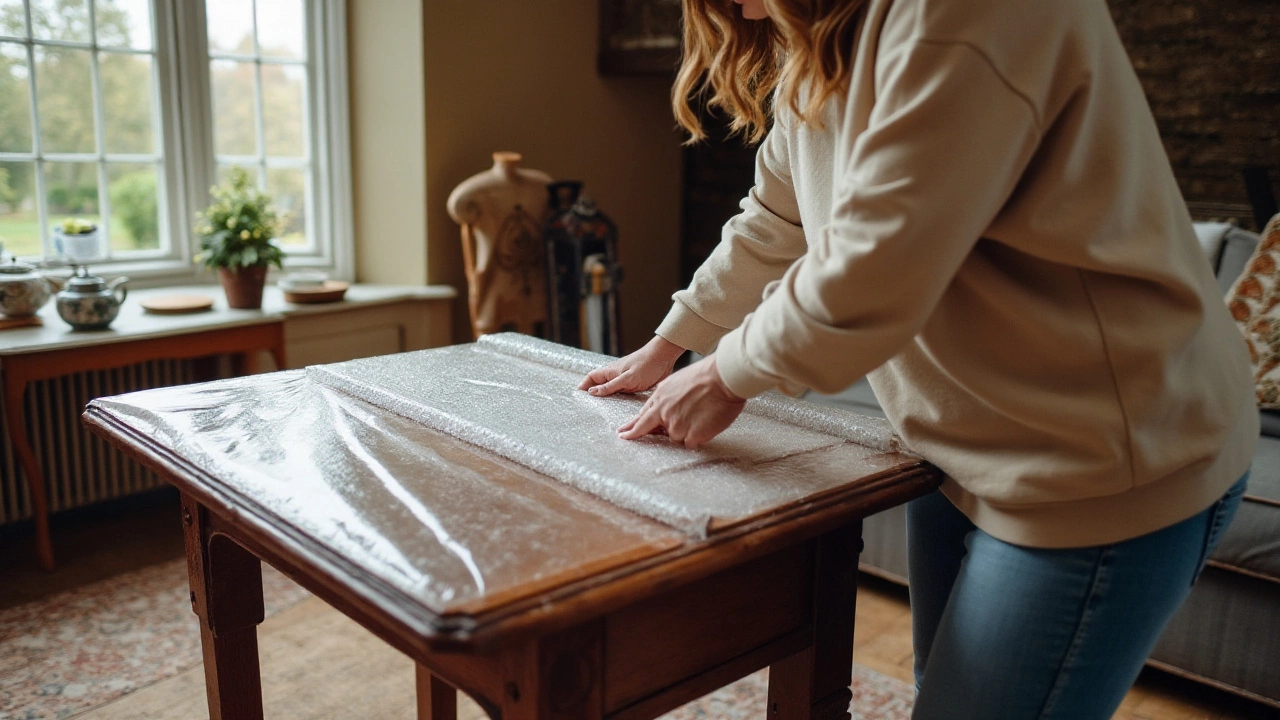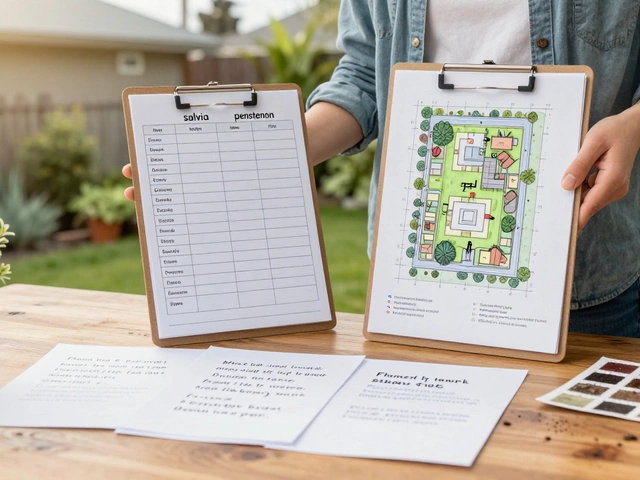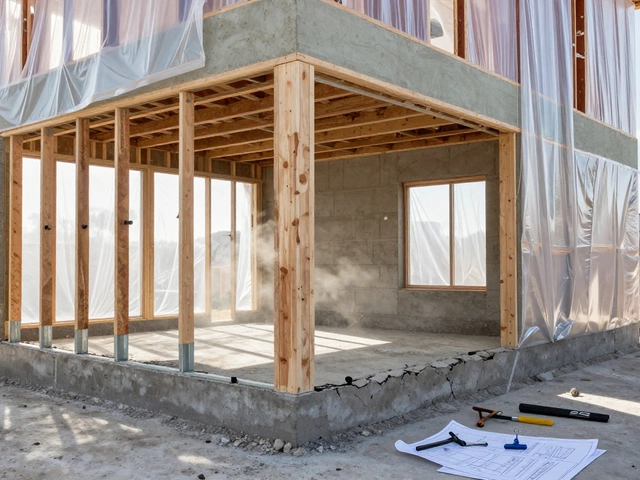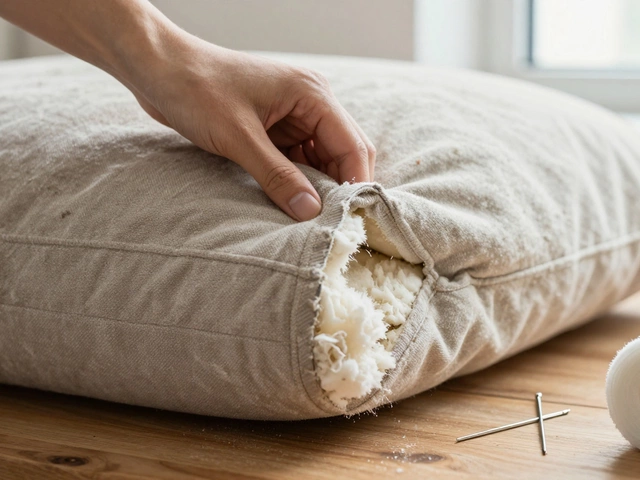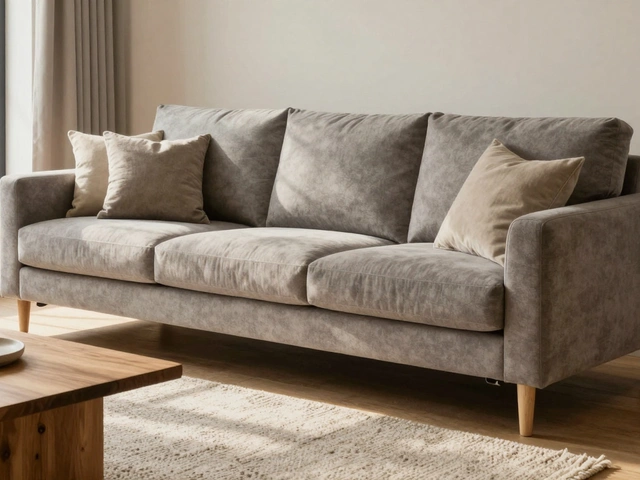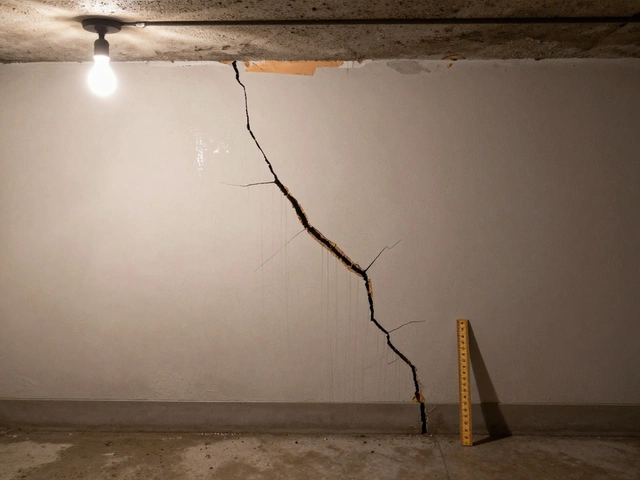Furniture Wrapping: Protect Your Pieces When Moving or Storing
When working with Furniture Wrapping, the practice of covering and securing furniture with protective materials to prevent damage during transport, storage, or everyday use. Also known as furniture protection wrap, it plays a vital role in preserving a piece’s finish, structural integrity, and resale value. Proper furniture wrapping isn’t just about tossing a blanket over a sofa; it requires selecting the right wrap type, applying it correctly, and understanding how it interacts with the environment. Think of it as a shield that keeps scratches, dents, moisture, and dust at bay while you move house, store seasonal items, or simply protect a new purchase.
Key Elements That Make Wrapping Effective
To master the process, you need to grasp three core entities. First, Moving Furniture, the act of transporting furniture from one location to another, often involving stairs, elevators, and tight doorways demands sturdy, flexible wrap that won’t tear under strain. Second, Furniture Storage, the long‑term keeping of items in basements, garages, or climate‑controlled units calls for breathable yet moisture‑resistant materials to prevent mold and warping. Third, Protective Wrapping Materials, products like bubble wrap, moving blankets, stretch film, and specialized furniture pads each have specific attributes: bubble wrap offers cushioning, stretch film provides airtight sealing, and padded blankets give a soft barrier for polished surfaces. The relationship among these entities is clear: effective wrapping requires the right material, enables safe moving, and influences long‑term storage quality.
When you combine the right tools with a systematic approach, the benefits multiply. Start by assessing the piece’s weight, fragility, and finish; choose a material that matches those attributes, then wrap from the inside out, securing edges with tape or straps. For delicate antique tables, a double layer of moving blankets with a stretch‑film seal works best, while a solid wood wardrobe benefits from a single heavy‑duty pad and corner protectors. Remember to label each wrapped item, noting the room and handling instructions – this small step saves time and reduces accidental damage. Below you’ll find a curated set of articles that dive deeper into each step, from selecting wrap types to mastering the wrap‑around technique, so you can protect your furniture with confidence.
Choosing the Best Material for Wrapping Your Furniture
When it comes to safeguarding your prized furniture during storage or a big move, selecting the right wrapping material is crucial. Various materials offer unique benefits, from protecting against moisture to preventing scratches. This guide explores the best options available, providing insights to help you keep your furniture in pristine condition. Learn tips for proper wrapping techniques and ensure your furniture's safety.
full article